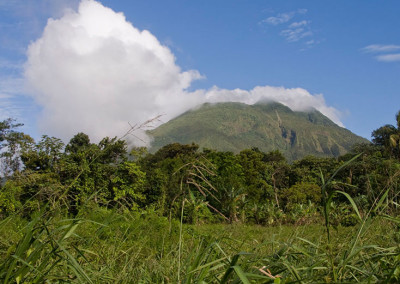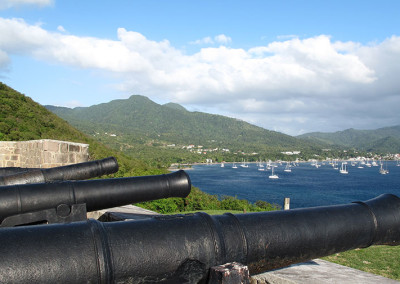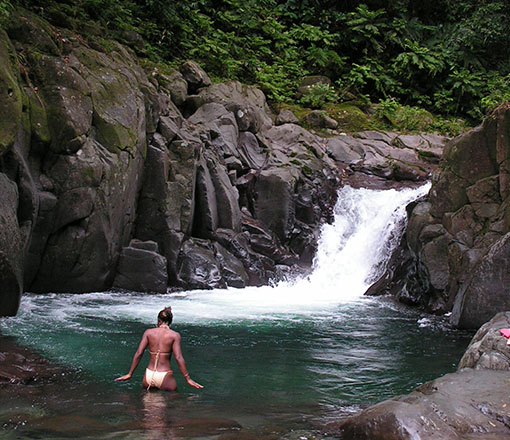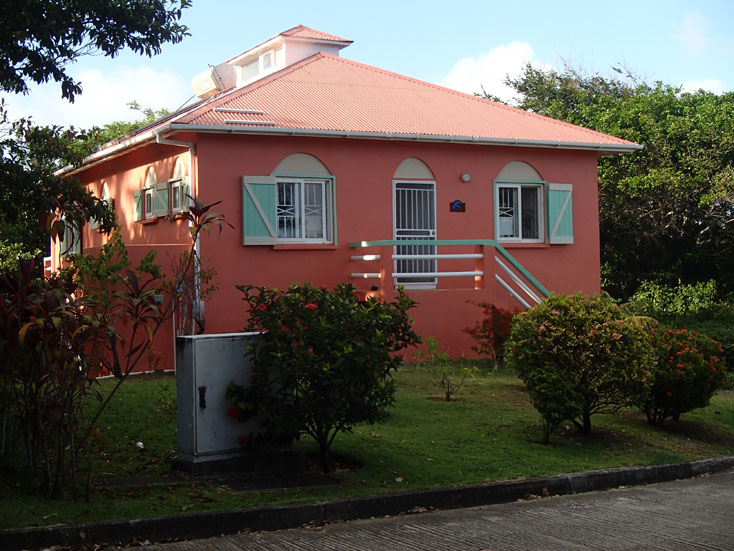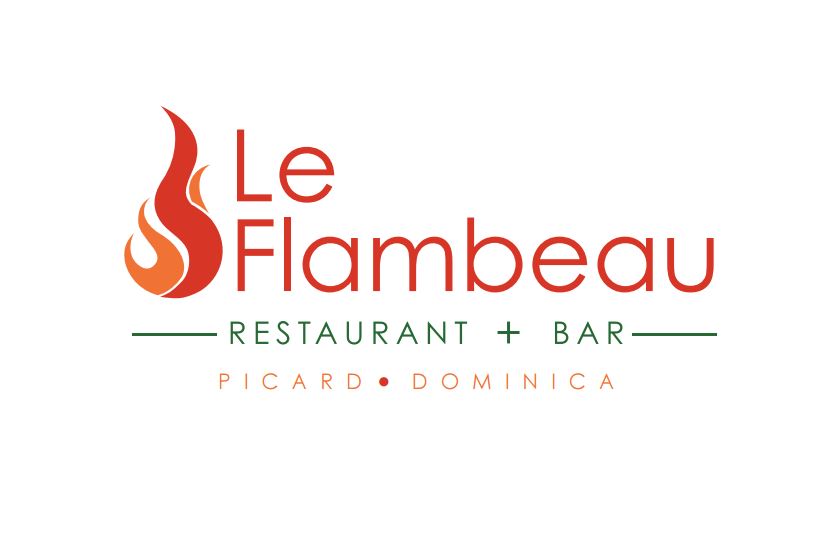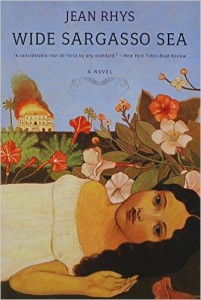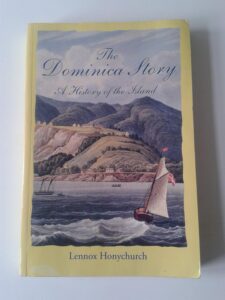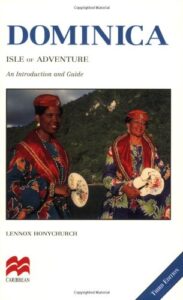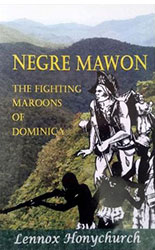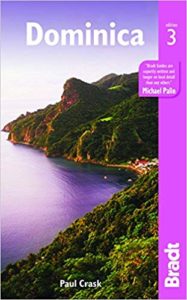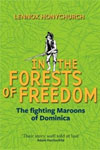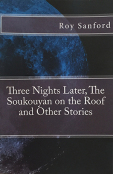Walking Dominica
The following is a description of a 1998 round-island walk by Polly Pattullo.
The roads of Dominica were fashioned against the odds, against a mighty presence of rainforest and volcanic mountains, rain and raging rivers, sheer slopes and deep valleys. Until the 1960s there was no proper road from the capital, Roseau, either up or down the west coast; and a harsh trek across the mountains, through the monumental green spine of the island, was the only route from one side to the other.
Everything about Dominica, the largest of the Windward Islands and the most mountainous in all the Caribbean, has been a contest: the French against the British (who owned it from 1763-1978), the indigenous Caribs against both, slaves against the plantocracy in the struggle for land and liberation, old-time courtesy and conservatism against a robust radicalism, a boom and bust agriculture, rain and hurricane alternating with rainbows and the gentleness of trade winds.
Jean Rhys, who was born in Roseau, set part of her intoxicating novel Wild Sargasso Sea in her home: “Too much blue, too much purple, too much green. The flowers too red, the mountains too high, the hills too near,” said her character, the Englishman Mr Rochester, as he climbed the track towards his honeymoon home. But then the island has often overawed European visitors – like Columbus, the Victorian imperialist J.A. Froude, Patrick Leigh Fermor – by its physicality, its power to beguile. Sometimes its beauty makes outsiders uneasy. To walk around Dominica was a way to learn more about village life (most Dominicans live on or near the coast) on an island I had visited many times, since my first trip in 1984 when I went to see another white Dominican writer, Phyllis Shand Allfrey.
It was her novel, The Orchid House, as luscious as her island, that had drawn me to Dominica, and to her tiny stone home huddled in the yellow-green shadows of the Roseau valley. On that visit I had also interviewed Eugenia Charles, then Prime Minister and the Iron Lady of the Caribbean. Much later I learned that in 1935, she and her doctor brother, then a medical student in Edinburgh, had also walked around the island. Dr Charles wrote to me about their trip: “Day Four. Off early for more ups and downs, dipping in the small rivers all of which had to be forded. There were no real roads, but we reached Marigot just about sunset. Destination: police station.” The Charles’ had taken less time than my 14 days; but perhaps they were fitter, and they had omitted the west coast. I had no such excuse.
Read the rest of the article in the four tabs below:
Quick Facts
Capital: Roseau
Population within the Roseau environs: 14,000
Largest towns: Portsmouth, Marigot, Grandbay
Wettest part of the island: Interior
Driest part of the island: West coast
Did you know?
Dominica is more vertical that horizontal making it the most mountainous island in the Caribbean. Because of this, roads can be steep and curvy, so use extra caution while travelling our Nature Island!
Hire a Vehicle
© Polly Pattullo 1998 First published in the Guardian newspaper Weekend section on April 4, 1998. Polly Pattullo is co-author (with Anne John-Baptiste) of The Gardens of Dominica. For more information visit the Papillote website.
© Polly Pattullo 1998 First published in the Guardian newspaper Weekend section on April 4, 1998. Polly Pattullo is co-author (with Anne John-Baptiste) of The Gardens of Dominica. For more information visit the Papillote website.
© Polly Pattullo 1998 First published in the Guardian newspaper Weekend section on April 4, 1998. Polly Pattullo is co-author (with Anne John-Baptiste) of The Gardens of Dominica. For more information visit the Papillote website.
© Polly Pattullo 1998 First published in the Guardian newspaper Weekend section on April 4, 1998. Polly Pattullo is co-author (with Anne John-Baptiste) of The Gardens of Dominica. For more information visit the Papillote website.
Buy Online
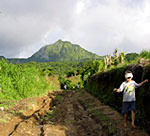
Island Regions
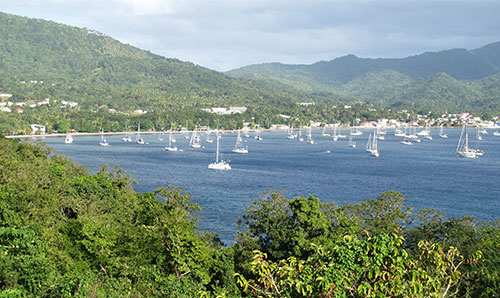
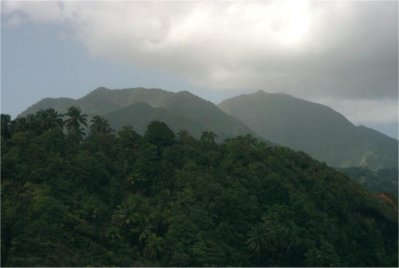
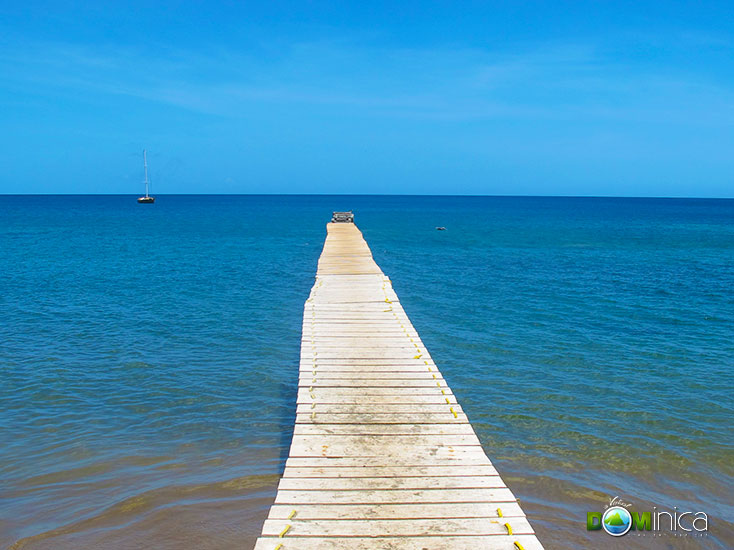
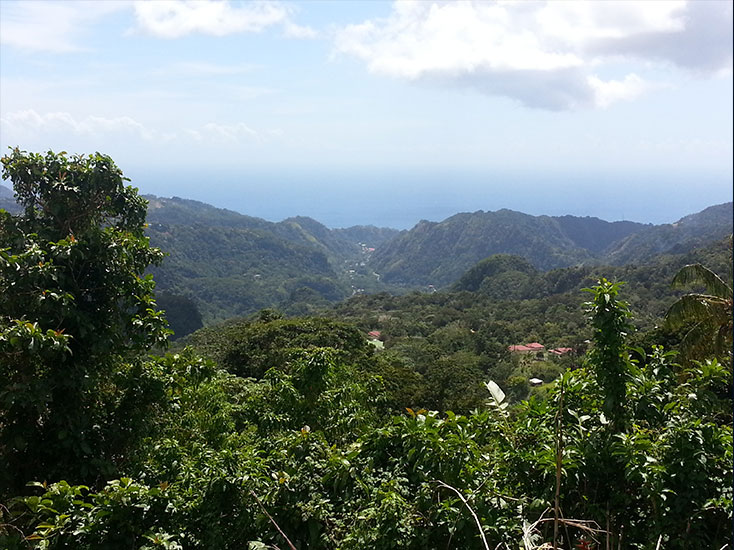
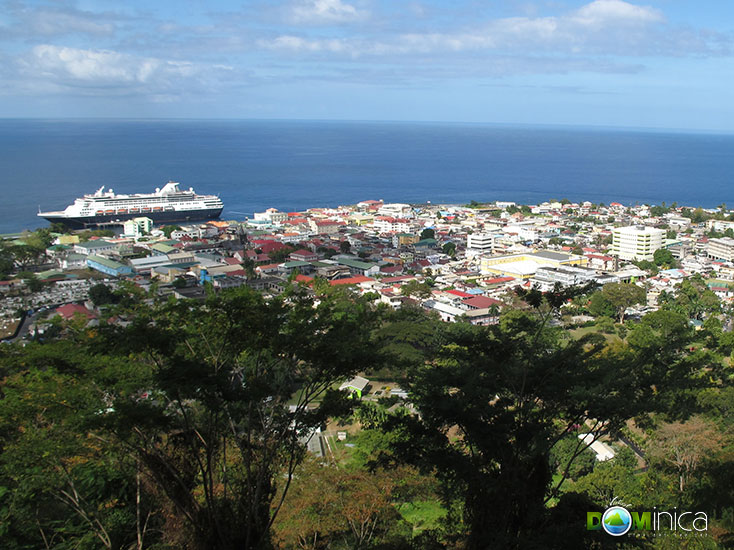
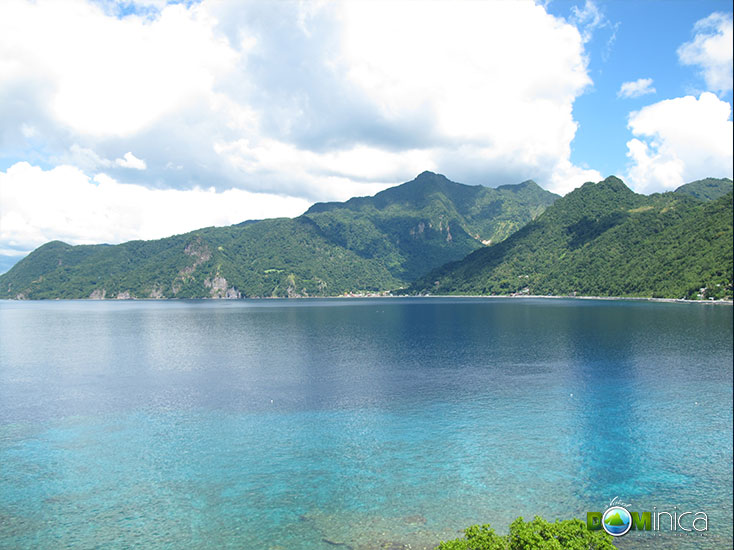
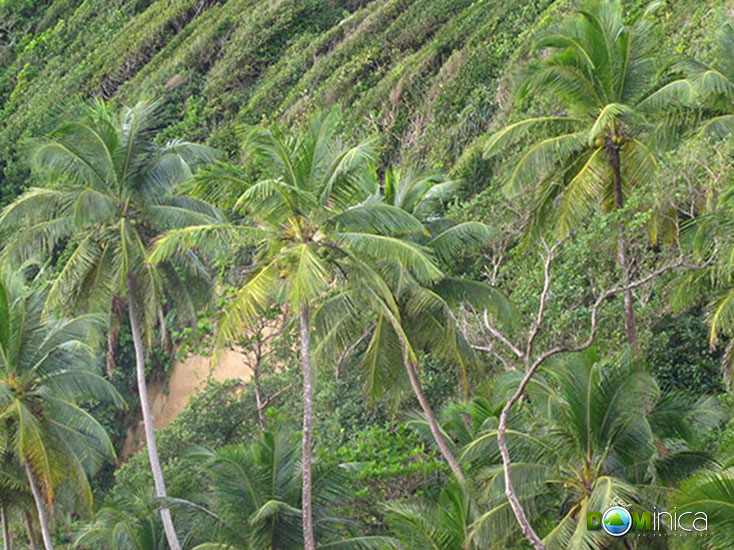
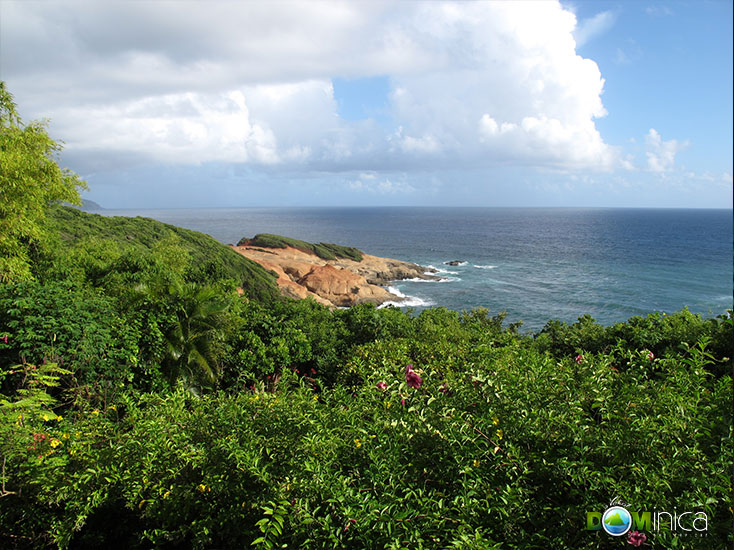
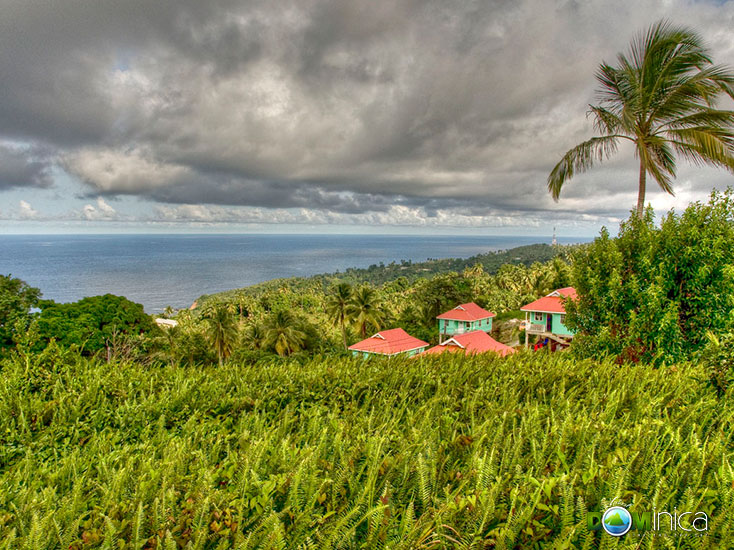
Recommended Reading
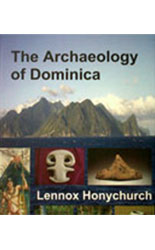
Archaeology of Dominica By Dr. Lennox Honychurch
Negre Mawon: The Fighting Maroons of Dominica by Dr. Lennox Honychurch, Buy on EverythingDominica

